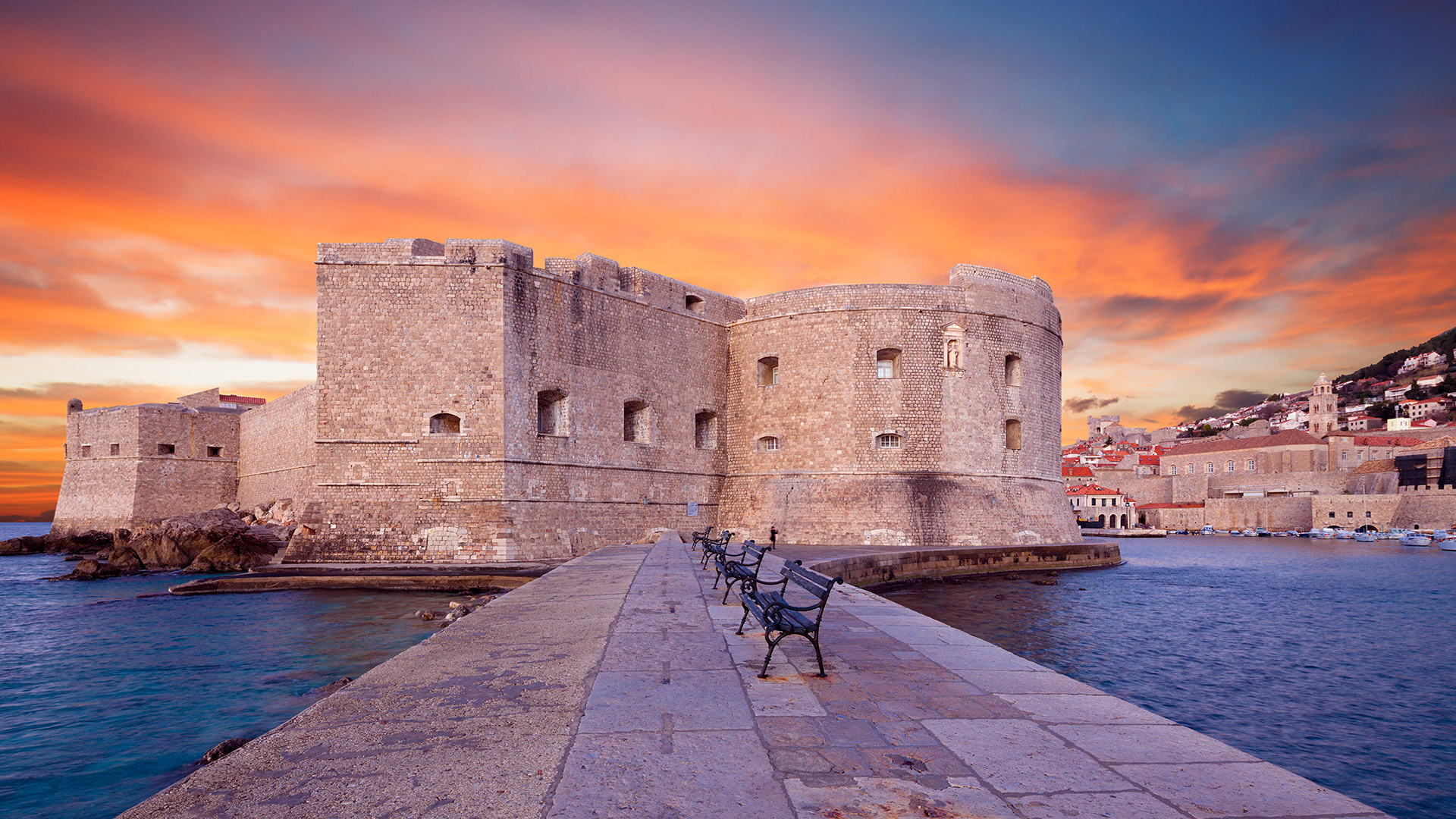
UNTOLD STORIES – The City of Stone and Wind
Pounding the shutters, roaming through the streets, ruffling your hair - the respectable bura, the ruthless jugo, and mild maestral each have their roles in the life of Dubrovnik citizens. Meet these grandiose powers of nature that will tame your decisions or your well-being. And more so, they will influence the way you live and the choices you make.
Predominately characteristic for the wintertime time, bura is a shattering wind, fresh and cold, one that even on a sunny day freezes you up to your bones. It clears your mind, purifies your emotions, and makes you feel more alive. Bura arises from the north, wipes away the clouds, and gives life to the spirit of the region. Its power reaches a speed of 220 km (136 miles per hour). According to long-standing traditions, in March, when the winter and spring seasons clash, there are three March bura winds (marčane bure) - meteorologist even forecasts three dates on which the bura blows, but the predictions are diverse for the different areas.
On the other hand, jugo is the humid wind, characteristically complemented by the gloomy clouds and rainstorms, common in the autumn. It blows in from the south, across the islands, and to the shore. The Dubrovnik Republic has left a legacy that explicitly states that no significant verdicts, resolutions, or deliberations will be taken while jugo was blown and punishment for crimes committed during jugo will be minimized. Even today, it is widely believed that jugo brings low productivity, headaches, melancholic behaviour, depression, and even mental breakdowns for many people.
Without the gentle breeze, also known as maestral, summer afternoons would be unimaginable. Refreshing wind, which is particularly good for windsurfing, and one of the reasons why the Pelješac channel is widely known as a windsurfing destination, is the salvation from the summer warmth.
In Dalmatia, there are so many more winds with fascinating names, some of which have been preserved since ancient times. Among the most prominent winds on the coast are lebić, levant, oštro, pulenat, and tramontana. All of these winds can be portrayed graphically using wind rose.
As a place that bonds and guards all these winds, and has a lot of treasured stories, Porporela has a special place in the hearts of its inhabitants to this day. At the end of the 19th century, a Porporela breakwater was formed to protect the Old City harbor from the great winds that crashed over the Adriatic Sea. It was part of the triangle defence, along with the Kaše breakwater and Lokrum Island. Over the breakwater, the waves collided violently throughout the years. On one occasion, the wind was so strong that it ripped a stone from the Porporela and dropped it into the blue sea. An indication of just how strong the wind was is the fact that it weighed 3,159 kilograms. The stone was recovered and engraved with “This stone, weighing 3159 KG, was washed into the sea on the 25th February 1879.” Over time, Porporela became a favourite promenade underneath the monumental St. Ivan Fortress, offering an impressive view of the city walls, the Old City harbour, and the Revelin Fortress.
Take a walk around the Old City, look up to see if the clothes are drying on the knit (the best time to dry clothes is while the bura is blowing), and turn on Porporela - there you'll find people sitting on the green wooden benches, watching the sea or passing by ships, or just the dance of wind and waves splashing on the shore.
